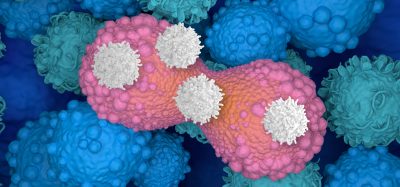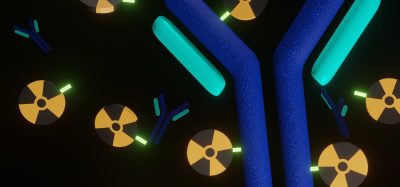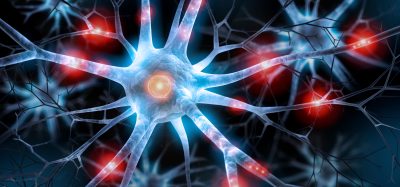Enhanced reprogrammed heart fibroblasts delivered into heart muscle cells
Posted: 27 October 2022 | Izzy Wood (Drug Target Review) | No comments yet
UAB researchers have found that adding TBX20 to the reprogramming cocktail MGT 133 promoted cardiac reprograming.


University of Alabama at Birmingham (UAB), US researchers have identified TBX20 as the key missing transcription factor in existing cocktails for direct cardiac reprogramming of human fibroblasts.
In a paper published in Circulation, the scientists explain that a promising strategy to re-muscularise injured mammalian hearts is the direct cardiac reprogramming of heart fibroblast cells into cardiomyocytes. Dead tissue after a heart attack is not repaired with new cardiomyocytes; instead, the dead tissue is replaced with scar tissue that weakens the pumping power of the heart and often leads to heart failure.
By adding TBX20 to the reprogramming cocktail MGT 133, it promoted cardiac reprograming and activated genes associated with cardiac contractility, maturation and a ventricular location of the heart muscle cell.
Mechanistically, they found that TBX20 synergistically colocalises with the MGT reprogramming factors at cardiac gene enhancers, causing robust activation of target genes. The researchers identified TBX20 as the most under expressed factor when they compared cardiomyocytes induced from fibroblasts with functional cardiomyocytes. The addition of TBX20 promoted cardiac reprogramming as seen in activation of cardiac genes related to sarcomere structure, ion channels and heart contractions.
Human heart fibroblasts of the ventricle were the primary target for evaluation of in vivo reprogramming. TBX20 was essential to the reprogramming of these fibroblasts, to induced-cardiomyocytes, suggesting the therapeutic potential of TBX20.
In detail, TBX20 primarily activated genes at the late stage of reprogramming, enhancing calcium flux, contractility and mitochondrial function in the induced-cardiomyocytes. TBX20 appeared to help the mitochondria in the induced-cardiomyocytes switch to an adult cardiomyocyte-like respiration.
The researchers found that TBX20 was bound to and activated cardiac gene enhancers – a short regulatory element on DNA that binds activator proteins to initiate transcription or increase transcription of a particular gene target.
This enhancer binding by TBX20, the team found, required all three of the MGT cocktail factors to help activate cardiac genes. TBX20 alone was insufficient at inducing cardiac cell fate conversion; omission of any of the three MGT factors substantially reduced reprogramming efficiency.
“Together, our findings demonstrate that TBX20 requires intact MGT factors to promote direct reprogramming and activate cardiac genes and they support the notion that direct cardiac reprogramming is a synergistically regulated process orchestrated by multiple factors,” said Dr Yang Zhou, one of the lead researchers.
Single-cell RNA sequencing profiling identified two major clusters of cells after reprogramming with TBX20. One was reprogrammed induced-cardiomyocytes, but the other group was only partially reprogrammed. The cluster of reprogrammed cardiomyocytes had gene expression profiles resembling ventricular cardiomyocytes.
“Our study highlights the undocumented role of TBX20 as a vital regulator of direct human cardiac reprogramming,” Zhou added. “Enhancing the efficiency and quality of direct cardiac reprogramming from human fibroblasts is a critical step in the clinical translation of this technology.”
An important area for future investigation, Zhou commented, will be testing TBX20 in vivo for direct reprogramming.
Related topics
In Vivo, Molecular Targets, Targets
Related conditions
Heart failure
Related organisations
The University of Alabama at Birmingham








